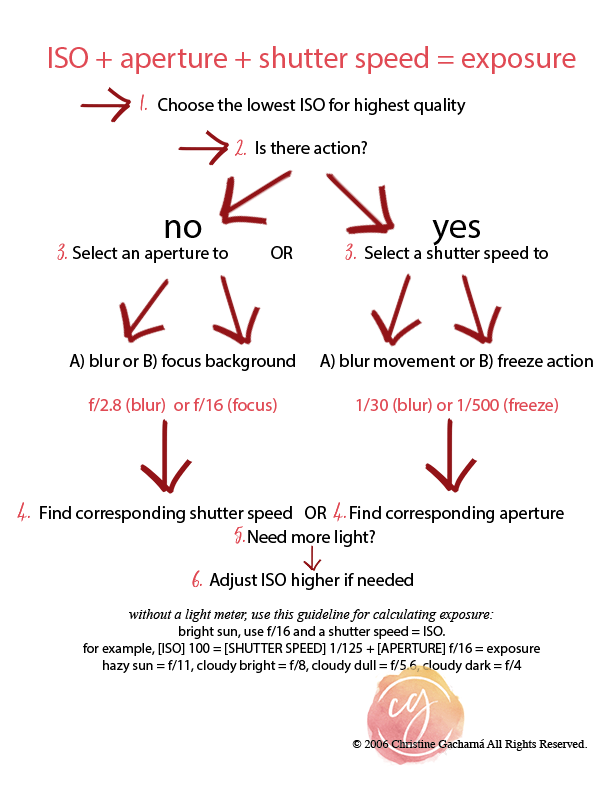Q: What kind of camera should I buy?
A: The question I am most often asked is answered in Rainer Maria Rilke’s “Letters to a Young Poet.”
People, of course, aren’t satisfied with this answer.
“What does that even MEAN?” they implore, followed by a rapid succession of questions, the answers to which require knowledge of aperture, shutter speed, ISO, exposure, and gear, to name just a few.
I’ve spent a good amount of time dissecting this question and the best conclusion I can draw is that the reason people are so overwhelmed by photography is actually pretty simple: they think it’s about the camera.
 THERE EXISTS NO CAMERA THAT WILL TAKE YOUR IDEAL PHOTOGRAPH IN ALL SITUATIONS.
THERE EXISTS NO CAMERA THAT WILL TAKE YOUR IDEAL PHOTOGRAPH IN ALL SITUATIONS.
Sorry to break it out in all caps like that, but here’s the deal: there is no magic pill that will reverse the effects of aging, remove unwanted pounds without diet or exercise, or grow you an instant billionaire overnight by working from home.
It’s the same thing with photography! There is no camera that will deliver you exactly the images you are hoping to capture under any or all possible circumstances.
Photography is all about trade-offs. If you want this, you have to give that, if you want that, you have to make up for it with this.
The word “photography” was created from the Greek roots “light” and “drawing.”
If you want to understand photography, you must first understand that photography is, literally, drawing with light — specifically, the visible light (which is actually electromagnetic radiation) where the wavelengths fall within the range to which the human retina responds.
The question is not what kind of camera *I* think you should buy. The question you should be asking is:
Q: What kind of photos am I trying to take?
A: The answer lies in understanding exposure.
exposure* = ISO + shutter speed + aperture
*For simplicity, our working definition of exposure = roughly the brightness value as seen by the human eye.
ISO, shutter speed (SS), and aperture (A) are equal variables in that they are all measured in the same increments: by stops — stops of light.
For example, 1 stop ISO = 1 stop shutter speed = 1 stop aperture.
ISO = film or sensor’s sensitivity to light.
Aperture = the amount of light let in.
Shutter Speed = for how long that light is allowed to reach the film or sensor.
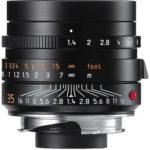
On the aperture scale, for example, these numbers are measured in f/stops. An f/stop is simply a fraction calculated by the focal length of the lens to the diameter of the aperture … WAIT — where are you going?
You don’t have to calculate f/stops! They’re already calculated for you by the engineers who designed the lens. They even printed the f/stops on the outside of the lens for your convenience!
All you have to do is simply memorize the numbers as they appear on the ISO, SS, and A scales that I’m about to show you.
Stay with me here, because once you get this, it’ll change the way you take pictures.
As you click your way to the left or to the right on one scale, for example, you might have to make up for that increase or loss of light with an equal number of clicks on one of the other scales to keep exposure equal.
Here’s a quick overview:
Aperture controls the amount of light the lens lets in:

ISO controls the sensor’s (or film’s) sensitivity to light:

Shutter speed controls the length of time that light is made available to the sensor (or film):

Q: How do lenses work?
A: Lenses are similar to the human eye in that they open and close much like a pupil to let in light. This lens opening is also known as “aperture.”
Aperture controls the amount of light let in.
The “focal length” of a lens is responsible for controlling the angle of view.
For example:
- 18mm-40mm = wide angle (think “fisheye”)
- 50mm = “normal” (akin to what the human eye sees)
- 60mm-600mm = telephoto (think binoculars)
A lens that has 2 focal lengths (70–200mm) is a “zoom” lens. It’s capable of moving from 70mm to 200mm and every Xmm in between by adjusting the lens (as opposed to changing lenses.)

A lens that has one focal length is a “prime” lens. Prime lenses are sharper than zooms; however, zooms offer more flexibility. Pick your poison.
Choose carefully, however, because it’s not the camera that takes great photos — it’s the lens. The quality of the lens, which is determined by how much light the lens can take in (in other words, how wide the maximum aperture, or how “fast” a lens is) will largely determine the quality of your images.
Photography is drawing with light, remember? Without light, there’s no picture.
The larger the lens opening, or aperture, the more light there is to create the exposure.
Forgive me for throwing this wrench in here, but there is one more important thing to understand about the focal length of a lens: the shutter speed cannot exceed that of the focal length of a lens unless you plan to use a tripod.
Q: Whoa. Come again?
A: Don’t worry. Almost nobody gets this the first time. We’re just planting seeds here. Eventually, it will click (pardon the pun.)
Until then, keep in mind that while it sounds great to have an 800mm lens to put you nearly on the stage from the nosebleed section, you’ll have to use a shutter speed that’s a minimum of 1/800 or faster with that lens to avoid blurry images (from handholding the camera.) 1/800 is not ridiculously fast; it might not even be fast enough to freeze the action if the subject on stage is moving. Remember, light removed from any single variable of the equation needs to be made up from the other variables.
Moving right along.

Look at the aperture scale above. Notice how much more light f/1.4 takes in compared to f/5.6? Many “starter” or “kit” lenses have a maximum aperture of f/4 or f/5.6 — and that explains why they cost less. They’re not as “fast” and don’t take in nearly as much light.
Q: How do I figure out the maximum aperture of my lens?
A: It’s printed on the front and side of the lens, along with the focal length.
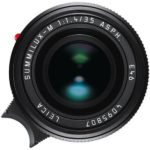
For example, 1:1.4/35 means the maximum aperture of this particular lens is f/1.4 and the focal length is 35mm, slightly wider than what we see with our human eyes.
For point of reference: an iPhone X has two lenses, a wide-angle and a telephoto. The wide-angle shoots with a maximum aperture of f/1.8 and the telephoto shoots with a max aperture of f/2.4.
I’ve heard many people say they get better shots with their smartphone than they do with their camera. It’s not about the camera! It’s more likely that the lens on their camera isn’t nearly as “fast” as the aperture of the lens on their smartphone.

Personally, I don’t throw money at a lens that doesn’t have at least an f/2.8 maximum aperture (ideally, f/1.2) and that’s not because I’m bougie — it’s because if I’m going to paint with light, I’m not going to skimp on light.
Here’s what you need to understand about aperture:
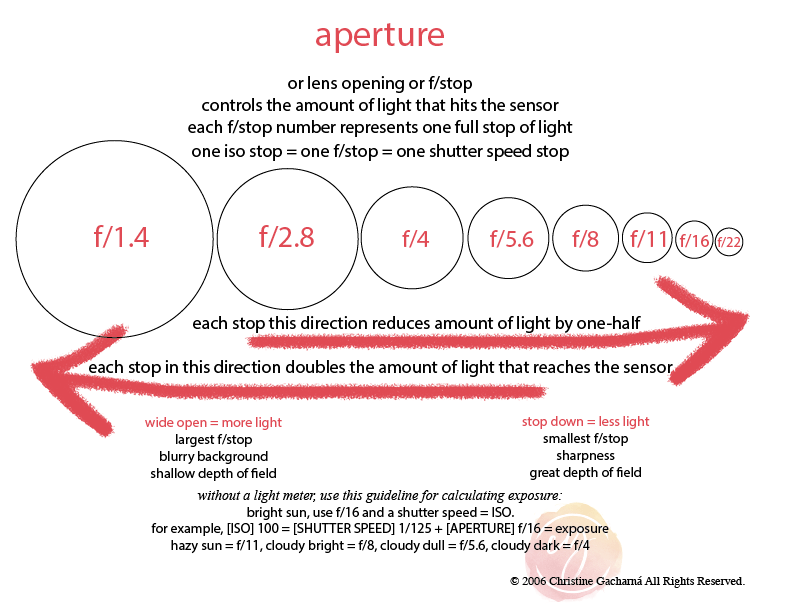
So we’ve learned that the lens controls the focal length and the aperture, and aperture controls the amount of light the lens lets in. Congratulations! You’ve made it through the most difficult part.
The rest is much easier and controlled by the camera: shutter speed controls how long the light hits the sensor (or film) and ISO controls how sensitive that sensor (or film) is to the light.
exposure = ISO + A + SS.
Knowing this equation now makes it possible to start choosing the settings on a camera and a lens more carefully.

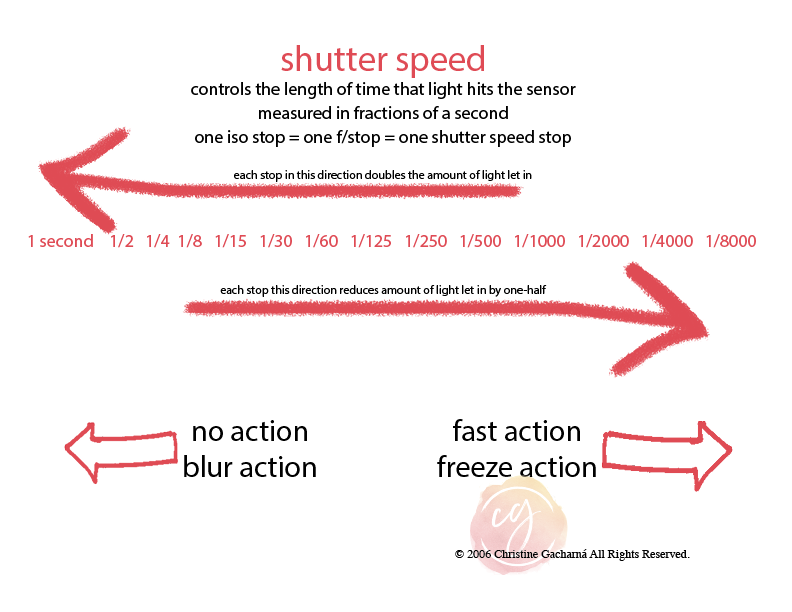
Ready to play?
Here’s the quick and dirty cheat sheet:
ISO + aperture + shutter speed = exposure
(remember, 1 stop ISO = 1 stop shutter speed = 1 stop aperture)
without a light meter, use this guideline for calculating exposure:
- bright sun, use f/16 and a shutter speed = ISO.
- for example, [ISO] 100 = [SHUTTER SPEED] 1/125 + [APERTURE] f/16 = exposure
- hazy sun = f/11, cloudy bright = f/8, cloudy dull = f/5.6, cloudy dark = f/4
FIRST Choose the lowest ISO you can get away with using.
typical ISO scale
50-200 = outside daytime (many digital cameras don’t even offer 50 or 100)
800–3200 = indoors
Don’t be afraid to choose high ISOs if you need to.
SECOND Is the subject moving?
If yes, choose a shutter speed that will either freeze or blur the action, depending on what kind of photo you aim to create and then choose whatever corresponding aperture makes the exposure work. Adjust the ISO if needed.
If there is no action, move to “third” below.
Prioritize choosing shutter speed over aperture for any shot that has movement. Whether you select the slow end of the scale or the fast depends on whether you want to freeze or blur motion.
Let’s review that hairy, beastly rule we learned earlier now that you have more context for wrapping your brain around it: the shutter speed needs to be equal or greater than the focal length of the lens.
Translation: if you are shooting your kid’s swim meet with a 70–200mm lens adjusted to 200mm, the lowest usable shutter speed you can realistically handhold is 1/250. Otherwise, your image will likely suffer from “motion blur.”
Given the action of a swim meet, you’ll probably want to be at 1/2000 or 1/4000 or 1/8000 or whatever the camera can do to maximize opportunities to freeze action, especially since swimmers splash water and swim fast. Fast shutter speeds will mean there’s not a whole lot of time for light to enter, so you’ll likely need to make up for that loss of light by choosing either a wider aperture or higher ISO (or both.)
That’s what I mean when I say photography is all about TRADE-OFFS. Using fast shutter speeds means making up for that loss of light with higher ISOs and/or wider apertures. Higher ISOs introduce more film grain or digital “noise” and wider apertures demand more careful focusing. If wider apertures aren’t available, then the shot gets harder to achieve.
You might have to be shooting ISO 800 or 1600 outdoors if you’ve got your shutter speed adjusted to super-fast, especially with lenses that have a minimum aperture of f/4 or f/5.6. That’s the trade-off you as the photographer will choose in order to achieve the kind of photograph you are trying to make.
THIRD If the subject is not moving, choose the aperture based on what kind of look you want and then choose whatever corresponding shutter speed makes the exposure work. Adjust the ISO if needed.
Choose the lowest number (widest aperture) you can tolerate to nail the focus on the subject and still tell the story with the background.
If you want the background all blurry for a portrait or to isolate a subject, choose f/1.4 or f/2.8 or f/4. It’s difficult to nail the focus of moving objects at f/1.4, and people, by definition, move. If you have two or more people in the photo, choose an aperture that is two or three stops from “wide open” making it more likely that each person will be in sharp focus.
In a scenic shot of Crater Lake, choose a smaller aperture (larger number) of f/11 or f/16 or f/22 to keep the entire shot in focus. Unless, of course, the photo you’re trying to take is of a single poppy blooming along the overlook, and you want the poppy to stand out against a slightly blurry yet still recognizable image of the crystal blue lake surrounding Wizard Island.
Your photo.
You decide.
Q: What kind of photo are you trying to take?
OR, set your camera to “aperture priority” or “shutter speed priority.”
Best learn how to do this by reading the manual.
Aperture priority and shutter speed priority is a camera feature that assumes the user has some sort of idea how they want their final image to look but not enough knowledge, confidence, experience, or time to make all the required setting adjustments.
In “aperture priority” mode, you choose the ideal aperture & the camera chooses the shutter speed based on the light meter reading it makes. Many newer digital cameras will also adjust ISO settings in these priority modes.
And vice versa, the camera will choose the aperture and ISO settings in “shutter speed priority” after you’ve told the camera which shutter speed to use.
OR, put your camera on program mode and let the camera decide.
Program modes (such as “flower” or “sports” are variations of “shutter speed priority” and “aperture priority” for users who never took the time to learn the basics of photography and/or their gear. Continue the frustrating internal dialog that can’t connect the dots between the amount of money you paid for your gear and its inability to do the work for you. Rinse, repeat, until you eventually give up and shoot the image with your smartphone instead.
Q: “Sooooooo, should I buy a Canon or a Nikon?”
Q: “Should I buy a DSLR or a mirrorless?”
Q: “What’s better, Fuji or Sony?”
Q: “Or should I just use my iPhone?”
A: It’s not about the camera!!!
I understand where it comes from: we’ve all taken photos that were technically incorrect. Perhaps we missed an important shot that can never be re-created — a baby’s first steps or a graduate accepting a degree, and that makes us fear photographic mistakes. We have a natural desire to learn how NOT to mess up a photo like that again.
We’ve also taken photos that are technically correct but don’t say what we were trying to say: the waterfall where the water is frozen in action rather than creamy ethereal movement, the family portrait that’s properly lit and in focus but awkwardly composed against a very distracting background.
Technology is improving and we want to buy a camera that will save us from ourselves, take the picture without making mistakes.
Every photograph begins with the photographer.
That’s a scary place to go, especially for those who don’t understand what kind of photograph they’re trying to take.
Or how to adjust settings to best achieve that look.
Or which lens to purchase — because if you’ve learned anything at all after reading this far, it’s this:
It’s not about the camera.
Trust me: you likely won’t fully understand everything I’ve laid out here the first time you read it. It might take two or three reviews before you get started.
Get started. Start taking photos. Experiment with the settings above. Try, fail, and try again. Review once more. Then keep trying. Eventually, it’ll click (pardon the pun.)
Review:
- It’s not about the camera.
- The lens is the most valuable investment and makes the most critical decisions.
- There is no single or “correct” exposure. There’s only the exposure the photographer chooses to make based on the image he or she wants to create.
- If you don’t know what kind of pictures you’re trying to take, how can you expect your camera to?
-
Read Rilke.
“In the deepest and most important things, we are unutterably alone, and for one person to be able to advise, let alone help another, a great deal must come about, a great deal must come right, a whole constellation of things must concur for it to be possible at all.” — Rainer Maria Rilke
